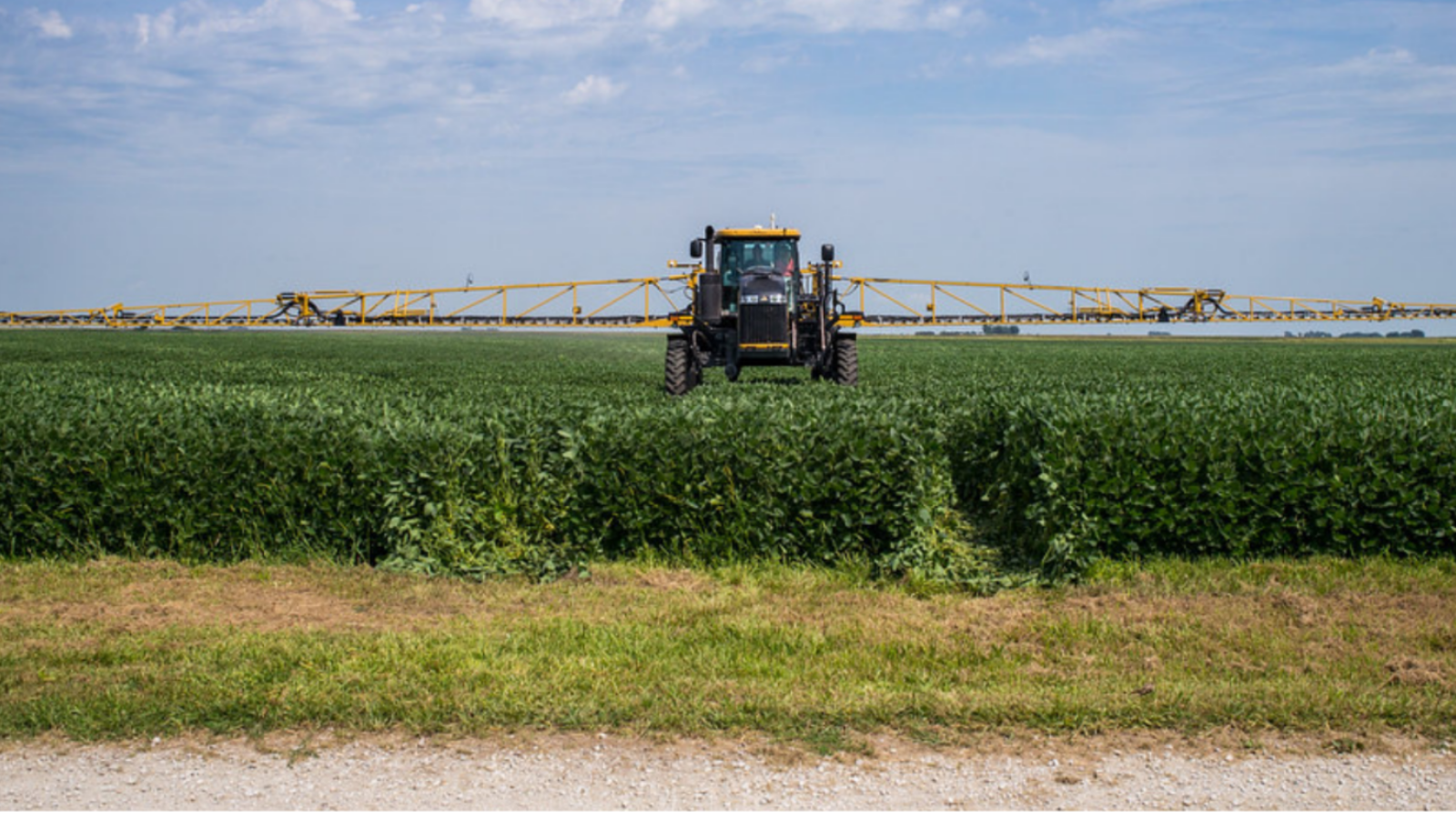FDA Sets Voluntary Limits of Antibiotic in Animal Feed, But What Does This Really Mean?
The Food and Drug Administration announced last Wednesday that it had finalized a plan asking drug companies to voluntarily limit the use of certain antibiotics in animal feed.
Concern on the overuse of antibiotics in animals has been an ongoing issue since 1977 and over the last three decades more and more research points to the overuse of antibiotics in animals as the leading cause of drug resistance bacteria. Every year 18,000 people die from the antibiotic-resistant bug MRSA, and 80 percent of all antibiotics are used on animals not humans.
Antibiotics used to treat human illnesses, like penicillin, are mixed with animal feed not because the animal is sick, but to promote rapid growth and weight gain in factory farm animals. This prevalence of antibiotics in animal feed has also helped created drug-resistant “superbugs” such as MRSA and these superbugs spread to humans who eat, or even work with the animals and ultimately spread to the general population.
Due to increasing pressure from consumer groups such the Public Interest Research Group, Natural Resources Defense Council, Center for Science in the Public Interest, Food Animal Concerns Trust, Public Citizen and Union of Concerned Scientists, the FDA issued voluntary guidance documents that set guidelines on how antibiotics should be used to slow the development of antibiotic-resistant bacteria. The FDA has listed 200 products that are currently used for growth promotion and advised that they be used solely to treat and prevent diseases instead. The drugs will be relabeled and then only available via prescription from a pharmacist. Sounds like a step forward right? Not exactly as the preventive or “prophylactic” use of antibiotics won’t be stopped under this guidance, so the meat, poultry and swine industry will still be able to use antibiotics at low doses to prevent diseases in the animals, which are caused more by cramped and unsanitary conditions industrial meat production facilities.
Even if the meat industry complies with this voluntary guidance the overuse of antibiotics will continue, because the guidance documents endorse the use of these drugs for disease prevention. Like growth promotion, this means feeding small quantities of antibiotics to food animals throughout their lives and this a practice that has been shown time and again to lead to antibiotic resistance. It is also very different to how antibiotics are used in human medicine, which is relatively rare and involves the use of full doses for short durations. This is how antibiotics should be used in a sane world.
Animals should only get antibiotics when they’re sick and conditions at factory farms should be improved where animals are treated in a humane way, so that the unnecessary use of antibiotic as a growth aid or as a prophylactic is totally discontinued. This beneficial for animals, but also ultimately ensures that the meat on table is healthy without unnecessary additives.
Topics
Authors
Nasima Hossain
Find Out More

How to take action for International Compost Awareness Week

Why the EPA should ban destructive dicamba herbicides for healthier farms

Freedom from food waste: How to have a sustainable 4th of July
